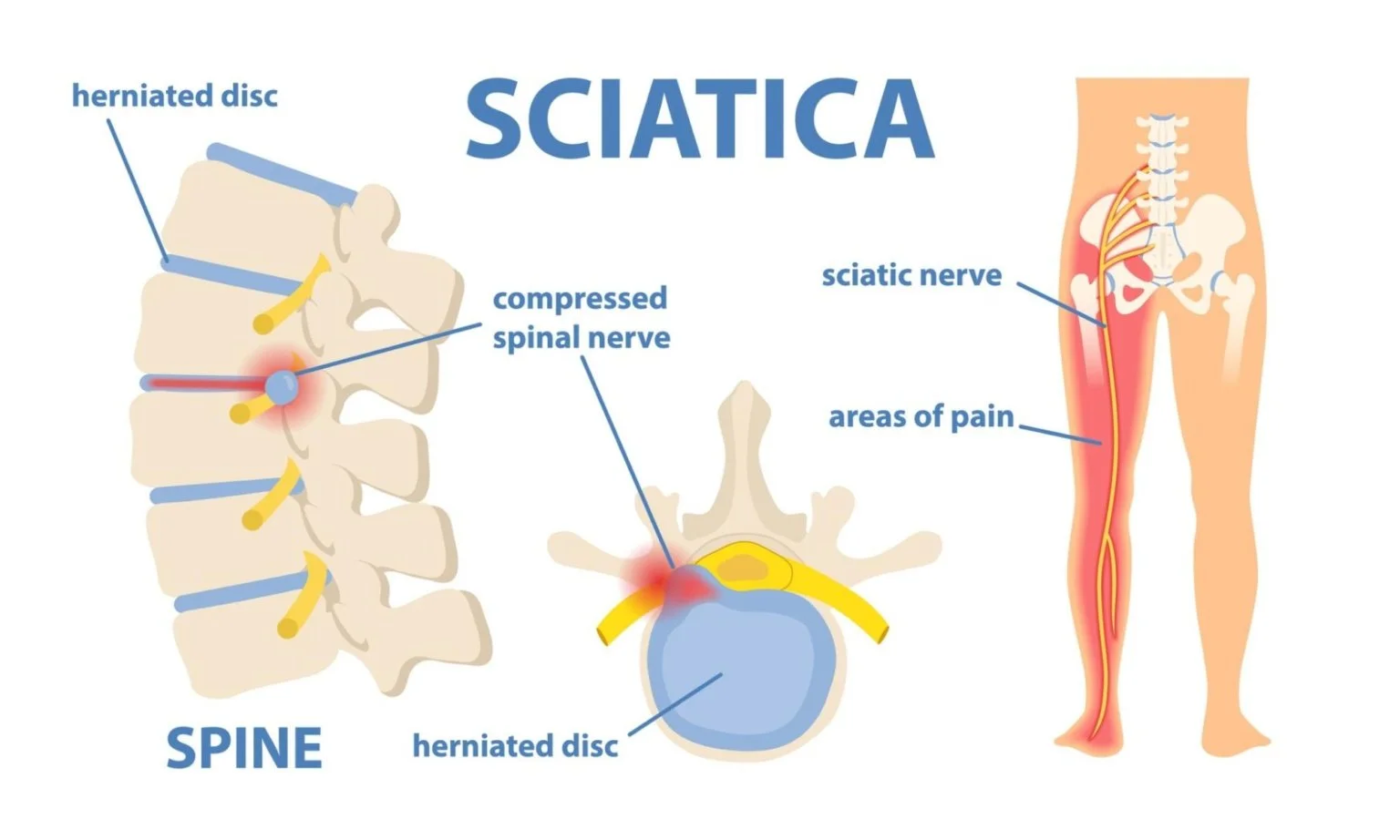Sciatica: A Real Pain in the Butt
Sciatica is a prevalent condition that affects millions of people worldwide. Characterized by pain radiating along the sciatic nerve, which runs from the lower back down through the buttocks and into the legs, sciatica can significantly impact daily life and mobility. In this blog, we’ll delve into what sciatica is, its causes, how it’s diagnosed, and the role of chiropractic care in alleviating or eliminating its symptoms.
What is Sciatica?
Sciatica refers to the pain, numbness, tingling, or weakness that originates in the lower back and travels through the buttock and down the large sciatic nerve in the back of each leg. It is not a medical condition in itself but rather a symptom of an underlying problem, such as a herniated disc, spinal stenosis, or degenerative disc disease, that compresses or irritates the nerve.
Causes of Sciatica:
1. Herniated Disc: When the soft inner core of a spinal disc protrudes through the tough outer shell, it can press against the adjacent nerve roots, including the sciatic nerve, causing pain.
2. Spinal Stenosis: Narrowing of the spinal canal can compress the nerves, including the sciatic nerve, leading to sciatica symptoms.
3. Degenerative Disc Disease: Wear and tear on the spinal discs can result in disc dehydration, reduced disc height, and nerve compression.
4. Spondylolisthesis: This condition occurs when one vertebra slips forward over the vertebra below it, putting pressure on the sciatic nerve.
5. Piriformis Syndrome: The piriformis muscle, located in the buttocks, can irritate or compress the sciatic nerve, causing symptoms similar to sciatica.
Diagnosis of Sciatica:
Diagnosing sciatica typically involves a comprehensive evaluation by a healthcare professional. This may include:
1. Medical History: Your doctor will inquire about your symptoms, medical history, and any recent injuries or activities that may have contributed to your condition.
2. Physical Examination: A physical examination can help pinpoint the source of your pain and assess your range of motion, muscle strength, and reflexes.
3. Imaging Tests: X-rays, MRI scans, or CT scans may be ordered to visualize the spine and identify any structural abnormalities or sources of nerve compression.
Chiropractic Care for Sciatica:
Chiropractic care offers a non-invasive, drug-free approach to managing sciatica symptoms. Chiropractors are trained to assess spinal alignment and address musculoskeletal imbalances that may contribute to nerve compression. Here’s how chiropractic care can help:
1. Spinal Adjustment: Chiropractic adjustments aim to restore proper motion in the joints of the spine which can relieve pressure on the nerves.
2. Soft Tissue Therapy: Techniques such as massage, myofascial release, and trigger point therapy can help relax tight muscles and reduce inflammation around the sciatic nerve.
3. Acupuncture/Dry Needling: These two techniques can help the musculature surrounding the affected area relax and allow the joints to move better and take pressure off of the nerves.
3. Ergonomic/Strength Training: Chiropractors can provide guidance on ergonomic adjustments and exercises to improve movement and stability and reduce strain on the lower back and pelvis.
4. Lifestyle Recommendations: Adopting healthy lifestyle habits, such as regular exercise, proper nutrition, and stress management, can support overall spinal health and reduce the risk of sciatica flare-ups.
Proper diagnosis is key to provide more accurate exercises for your specific condition.
Conclusion:
Sciatica can be a debilitating condition, but with the right approach, its symptoms can be managed effectively. Chiropractic care offers a holistic treatment option that addresses the underlying causes of sciatica and provides natural pain relief. If you’re experiencing sciatica symptoms, Identity Chiropractic would love to help you!


